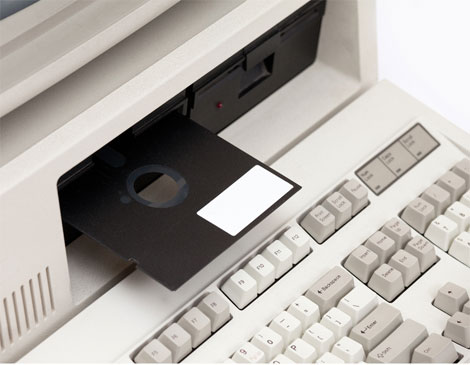I was a Commodore 64 kid. When the beige computer-in-a-keyboard debuted in 1982, I was 12. It was all I wanted for Christmas.
Priced at less than $600, the C64 was meant to actually get the home computer into people's homes. "A personal computer is supposed to be a computer for persons. Not just wealthy persons. Or whiz-kid persons," read an early ad. "But persons persons."
Boasting a whopping 64K of RAM (your iPhone probably has 2GB or nearly 2 million more), it was "all the computer you'll ever need," the company proclaimed. As I recall, however, there wasn't much to actually do with your computer back then. You could play a few games, maybe, or try your hand at programming. The C64's spiral-bound Programmer's Reference Guide, adorned with boring business graphs and charts, covered topics such as basic programming rules, graphics and sound. I learned enough to change the screen color and make rudimentary figures.
But it was nothing like playing Space Invaders or Centipede on my Atari 2600. My greatest coding feat was creating a program to calculate baseball batting averages. I used it for my little league team and whatever season of the All-Star Baseball spinner board game I was playing. (Nerdy, I know.)
While my interest in writing computer code eventually fell like the line graph on the programmer's guide, that early exposure to computers has always stuck with me. I liked the logic of it and the ability to create something on my own.
After grad school, I briefly interned at a Web design firm where they let me tinker with HTML. In the relatively early days of the Web, I toyed with the idea of getting serious about Web design. I chose journalism instead. (Bad career move, I know.)
Maybe that's why I'm intrigued by efforts to teach more kids how to code and to get them started at a younger age. Last year, there were more than 600,000 open tech jobs in the United States, according to White House. But it's not just about jobs. Coding teaches important skills such as problem-solving, creativity and collaboration.
Many schools are using MIT's Scratch coding website and online community as a way to grab kids' attention. Targeted at kids 8 to 16, it appealed to my inner geek. In just a little while of tinkering, I was able to make a cartoon cat walk in circles, change colors, wave hello and meow. Like those days back in 1982, the experience was fun and addictive and didn't feel like learning — all the things that I'd hoped for in my C64.




